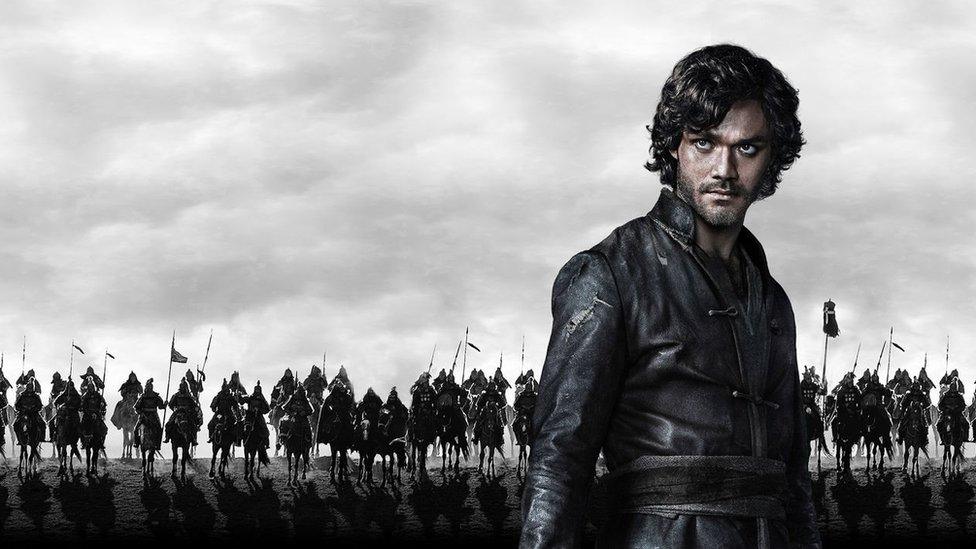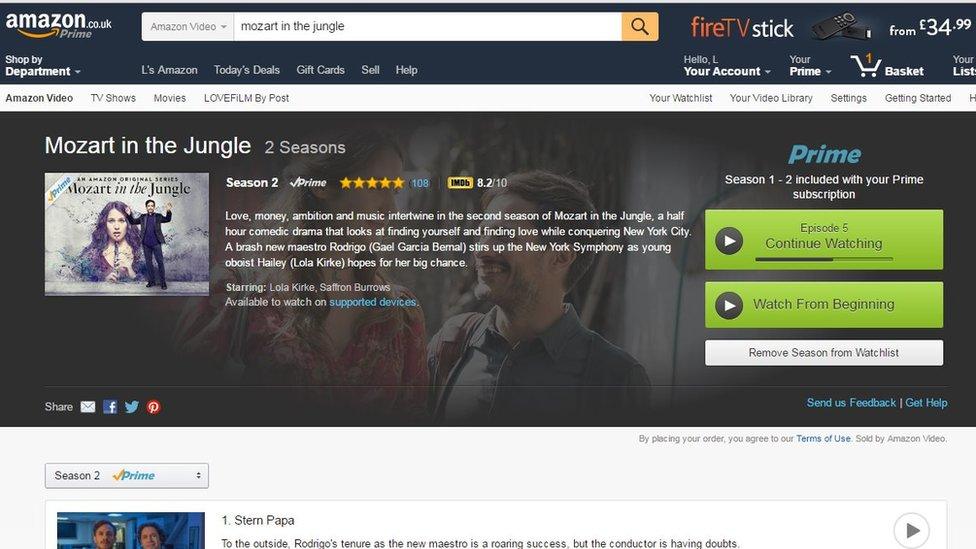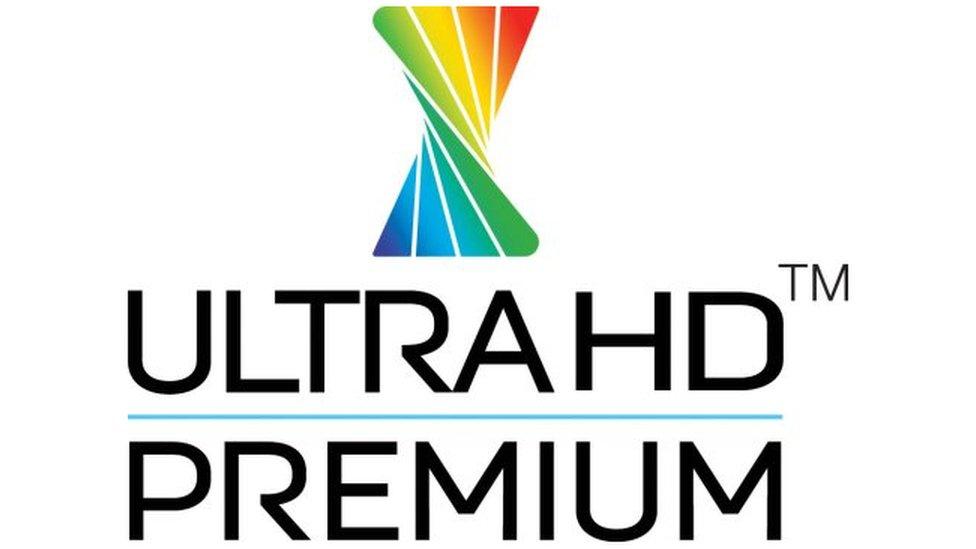Netflix begins HDR video rollout
- Published

Netflix series Marco Polo is the first on the service to be offered in HDR
Netflix has confirmed it has begun its rollout of high dynamic range content on its TV and film streaming service.
HDR videos display millions more shades of colour and extra levels of brightness than normal ones, allowing images to look more realistic.
However, to view them members will need a new type of TV or monitor and a premium-priced Netflix subscription.
Some HDR content had already been available via Amazon's rival Instant Video service.
Ultra-high-definition 4K Blu-ray discs - which launched in the UK earlier this week - also include HDR data.
Wow factor
Netflix's support follows January's creation of a scheme defining the HDR standards a television set must meet to be marketed with an "Ultra HD Premium" sticker.

LG said at CES that it had worked with Netflix to create HDR footage for Daredevil
"We just started streaming in HDR, with Marco Polo season one now available," said a Netflix spokesman.
"We will continue to expand the offering."
It was revealed at the Consumer Electronics Show (CES) tech show at the start of the year that the TV series Daredevil had also been mastered in the format.
"When people see HDR they will be really impressed," Netflix's chief executive told the BBC at the event.
"HDR will be on top of 4K - but the big wow visually will be HDR."

Amazon already offers its Mozart in the Jungle TV show in HDR
The term 4K refers to resolution - there are about four times as many pixels in an ultra-high definition display than in a 1080p high definition screen.
To appreciate this, users will need either a large TV or to sit close to the display.
But HDR means those pixels must be able to show a greater range of brightness between black and white.
And this should be noticeable however big and far away the screen is, assuming footage has been mastered in the format.
Inside CI magazine has confirmed, external some Sony TVs are already supporting Netflix's HDR streams, which involve more data.
The US firm recommends its members have at least a 25 megabits per second connection to view them.
Premium price
The rollout coincides with a change in prices in the UK.
Until now, subscribers who had been with the service for some time could enjoy all its benefits for £5.99 a month.
But, later this month, they will be told they will be limited to lower-quality standard definition streams and watching on one device at a time unless they pay more.

New TVs that offer both HDR and 4K will feature a new badge
To get 1080p content on up to two screens at a time, they will need to pay £7.49 a month.
And to get 4K and HDR feeds on up to fours screens simultaneously will cost £8.99 a month.
"Members will be clearly notified in advance by email and within the service, so that they have time to decide which plan/price point works best for them," said a spokesman.
One analyst said the potential audience for HDR content was small but should grow quickly.
"This year, pretty much all the mid- to high-range TV sets from the big manufacturers will support HDR. And, later this year, there will be software upgrades for some of the 2015 models to make them capable," said David Watkins, from the consultancy Strategy Analytics.
"And, within three years time, pretty much all screens that are 40in [101cm] or larger will support HDR.
"Content is going to be fairly limited in the short-term.
"There is a huge financial outlay to build up a solid library of material. But the studios are moving ahead with it."
The BBC is also experimenting with HDR, but is holding off committing to the format until there is agreement about how it could be broadcast.
- Published6 January 2016
